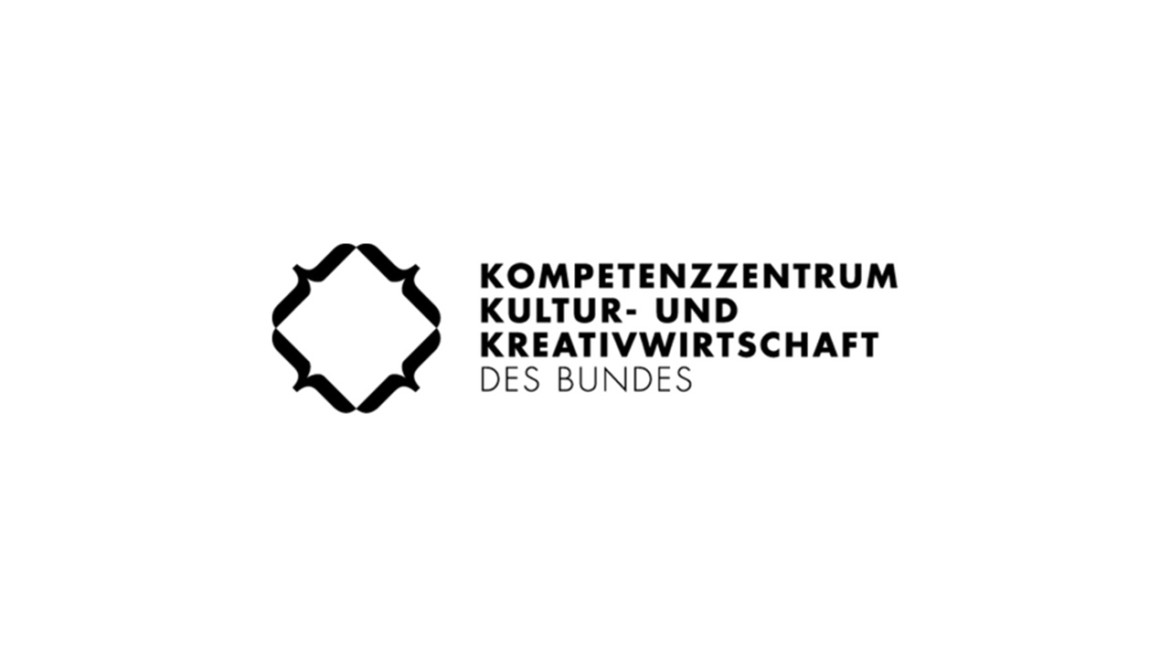
The potential of the cultural and creative industries (KuK) has long been underestimated. Not only in terms of its economic power, but also in terms of its value for social and political development and transformation processes. And we are in the midst of such a transformation right now, negotiated along the major themes of digitalisation, equal opportunities and structural and climate change; not to mention the pandemic that confronts us with unfamiliar challenges and demands new approaches to solutions. Creativity has become a buzzword here, standing for sustainable approaches and for thinking outside the proverbial box.
The German government has also recognised the potential of culture and creativity and launched the Cultural and Creative Industries Initiative back in 2007. The initiative is not only about strengthening the competitiveness of the KuK from within themselves, but also about generating synergy effects with other economic sectors in order to initiate and sustainably implement social developments. Central to these synergy effects is the Federal Centre of Competence for the Cultural and Creative Industries.
The Competence Centre works closely with the KuK and brings it together with actors from politics, society and business in order to identify opportunities for possible cooperation. The aim is to find innovative solutions to urgent problems and generate synergy effects for social transformation. Julia Köhn has been working at the aforementioned competence centre since 2015 and has been project manager there since last year. Her big advantage: she comes from the creative industry herself and thus brings valuable in-side knowledge with her.
Julia Köhn, how did you come to the Competence Centre and what are your tasks as project manager?
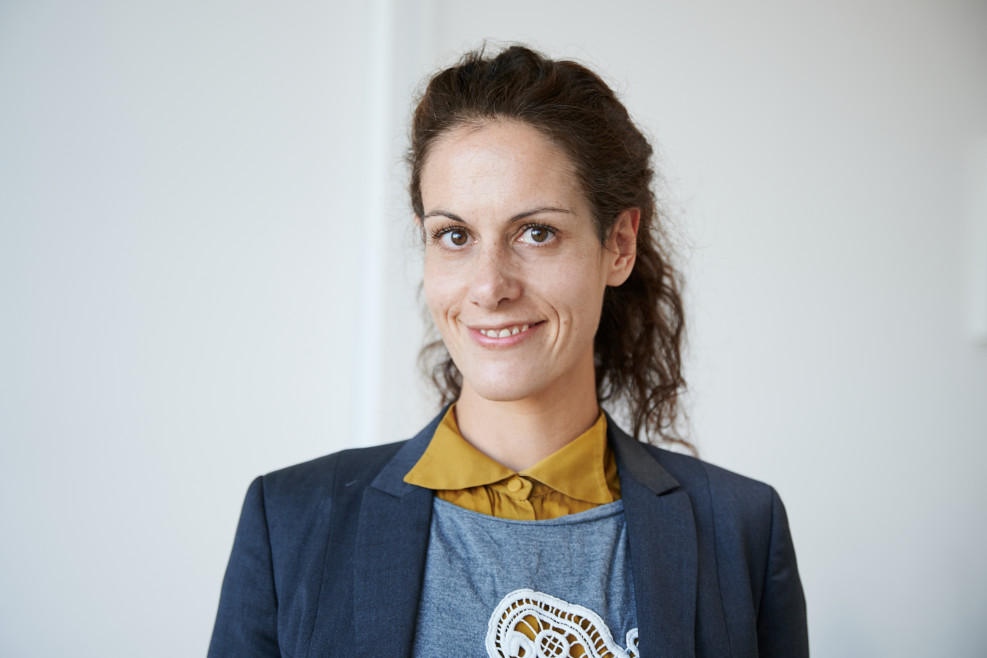
Julia Köhn
Julia Köhn: I like winding paths and so I stopped off at very different stations before joining the Federal Centre of Competence for the Cultural and Creative Industries in 2015. Originally, I studied acting at the HfMT in Hamburg and enjoyed the profession for a few years. However, at some point I felt the need to work abroad and to get to know the world you talk about on stage in a different way and to help shape it. I then did an MBA and was, among other things, an underwater technician at a circus in Macau and manager of international projects at the interface of contemporary art and marine conservation at a foundation in Vienna. At u-institut, the project executing agency of the Competence Centre, I was initially the regional contact person, transfer manager and programme coordinator for the Competence Centre. Since 2020, I have been the head of the project. Together with the team, we create analyses of the industry and design and implement events, lab structures, a variety of communication offers, workshops and mediation formats to improve the visibility and networking of the cultural and creative industries.
Does it help you in your work today that you come from the creative industry yourself?
Of course. It is definitely good to have experience in the field you are talking about. I have moved many challenges and questions from the practical work as an actor in the cultural and creative industries for myself. Today, when I talk to the large network of the Competence Centre, i.e. people from the sector itself as well as from administration, politics, research and other sectors, I can take on a bridging and translating function through the different positions I have held so far.
What role does the Competence Centre play within the structure of the Federal Government’s Cultural & Creative Industries Initiative? It seems like you are a central communication point.
The Competence Centre is part of the Federal Government’s Cultural and Creative Industries Initiative, which in turn is a joint initiative of the Federal Ministry for Economic Affairs and Energy [BMWi] and the Federal Government Commissioner for Culture and the Media [BKM]. We work on their behalf. For us as a project within the initiative, both a great practical relevance and setting impulses based on the entrepreneurial and innovative power of the industry are central. We form a platform for the sector, especially with regard to its power to shape the future and its impact in other industries and social sectors.
One of the central tasks of the Competence Centre is to make the potential of the cultural and creative industries visible. If I understand correctly, this is about cross-sector synergy effects. How exactly do you go about this and how open are other sectors to cooperate with KuK?
In order to communicate the great potential of the sector, we are constantly developing new formats and approaches for projects that are specifically designed to actively bring the cultural and creative industries together with other sectors and to jointly find concrete solutions to current challenges. This is always about cooperation at eye level and not about service provider logic. This “together” ensures that we usually find other sectors open to cooperation, because ultimately I think we are all aware that there are tasks and issues that no one and no sector can solve alone. Nevertheless, there are still barriers to cooperation and fear of contact. We try to counteract these with offers, instruments and impulses that show that the cultural and creative industries are a strong, reliable and value-added innovation partner and can contribute to new solutions for social issues or concrete challenges of other sectors. Just recently, for example, the Innovation Camp UMPFLASTERN took place. This is a format in which ideas and solutions are developed across sectors over 2.5 days. In this case, the focus was on the central role that the industry plays in inner city development to make it more experience-oriented and human-centred.
KuK has a special role in structural change. To what extent can affected businesses benefit from the KuK and how can the competence centre provide the necessary impulses here?
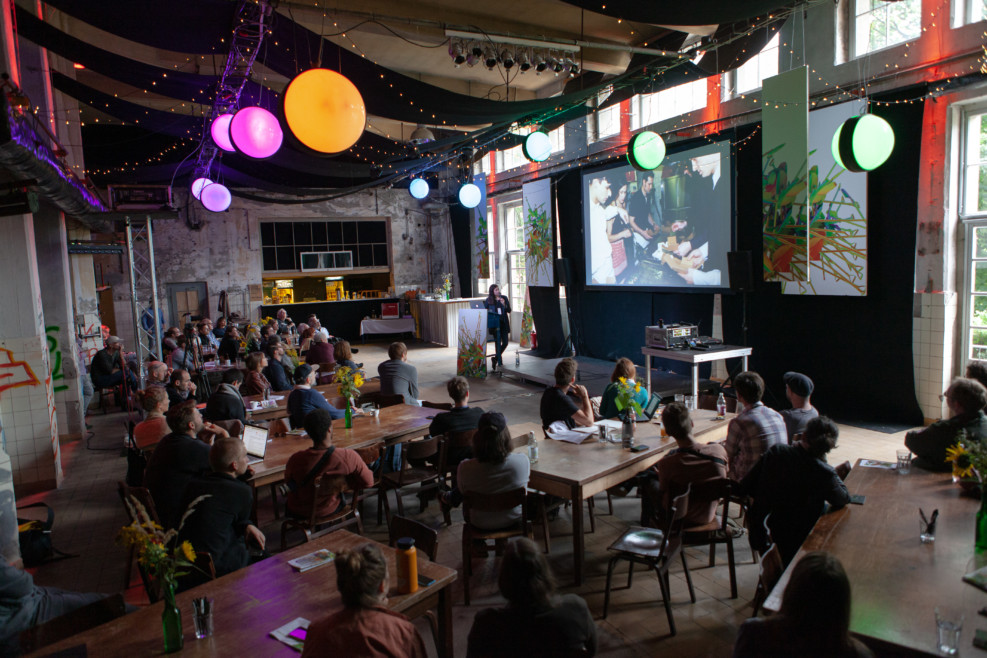
Debates about structural change often focus on a future shortage, for example in terms of jobs or importance as an industrial location. This is understandable and there is no question that these are central issues for which solutions must be found. In many places, however, the whole thing is then approached almost exclusively through infrastructural answers. In my opinion, existing opportunities are often left out. The cultural and creative industries make it clear that the issue is very much about investing in talent, minds and ideas. It is also about narratives, about communication, about participation and the shaping of living spaces, and about entrepreneurial thinking and action. The sector, with its many small and micro-enterprises and self-employed people, is already making offers in many places that are flexible, innovative and directly related to the reality of people’s lives on the ground, which make it possible to shape change together. And not for but with the population.
[Here you can find the documentation of the Creative Lab #2: Coal Ideas, which dealt with structural change].
The Federal Government’s Cultural & Creative Industries Initiative is also about the political representation of Germany as a cultural, innovation and business location and the claim to take on a pioneering role here in international comparison. Is the Federal Government, as the contracting authority, living up to this role?
As far as I know, the joint initiative of the BMWi and the BKM in the field of cultural and creative industries is still unique at the international level. We regularly receive requests from the European region to present our work.
We are of course pleased that the work of the Competence Centre and other projects such as the Cultural and Creative Pilots Germany award are cited as best practice examples in various places in the international arena and in European studies. Overall, the visibility of the sector has grown significantly in the past 12 years, both nationally and internationally. But there is still a lot to do. And we as a centre of excellence have the ambition to continue to develop value-added formats and approaches that strengthen the visibility of the cultural and creative sector as a key economic sector in shaping society and the economy.
How do you assess the future of KuK under pandemic conditions?
The cultural and creative industries were among the first to be affected by the pandemic restrictions and in many areas the last to be able to resume operations. We have highlighted the immense economic impact with two impact papers and will provide another update here at the end of the year. We must work together to ensure that the sector remains attractive as a field of activity and start-up and that the innovative strength of the sector, which is 97% small and micro-enterprises and a large number of self-employed, is strengthened and made usable. After all, it is about shaping the future of all of us and it is more important than ever to create suitable instruments for this.
We would like to thank Julia Köhn for the interview.

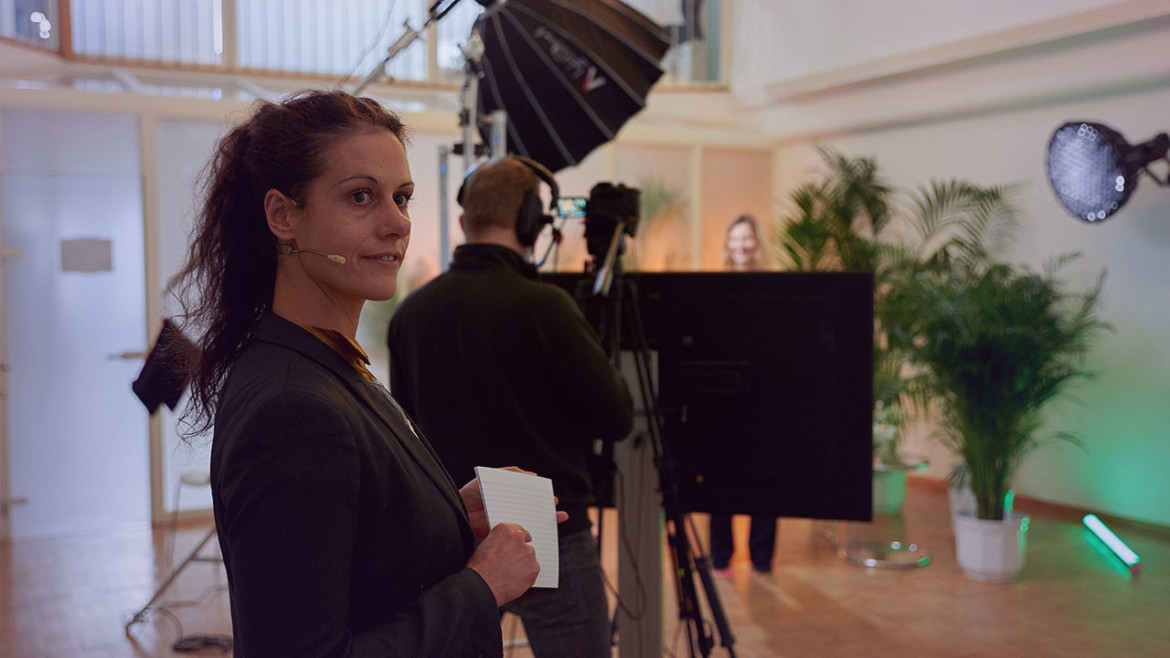

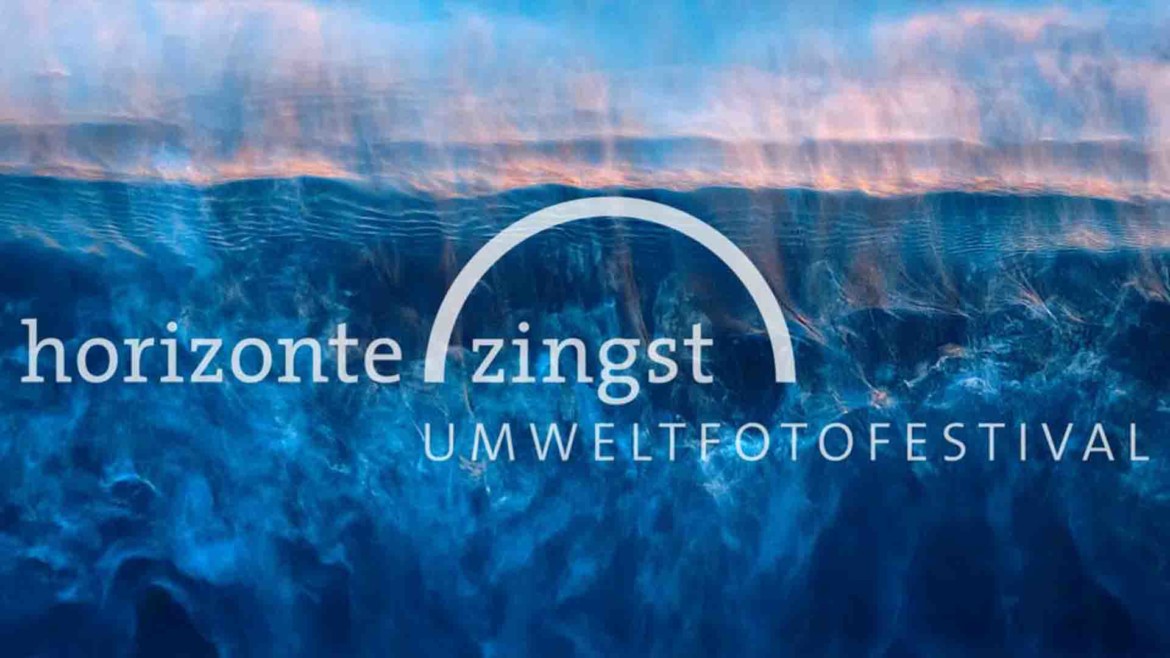
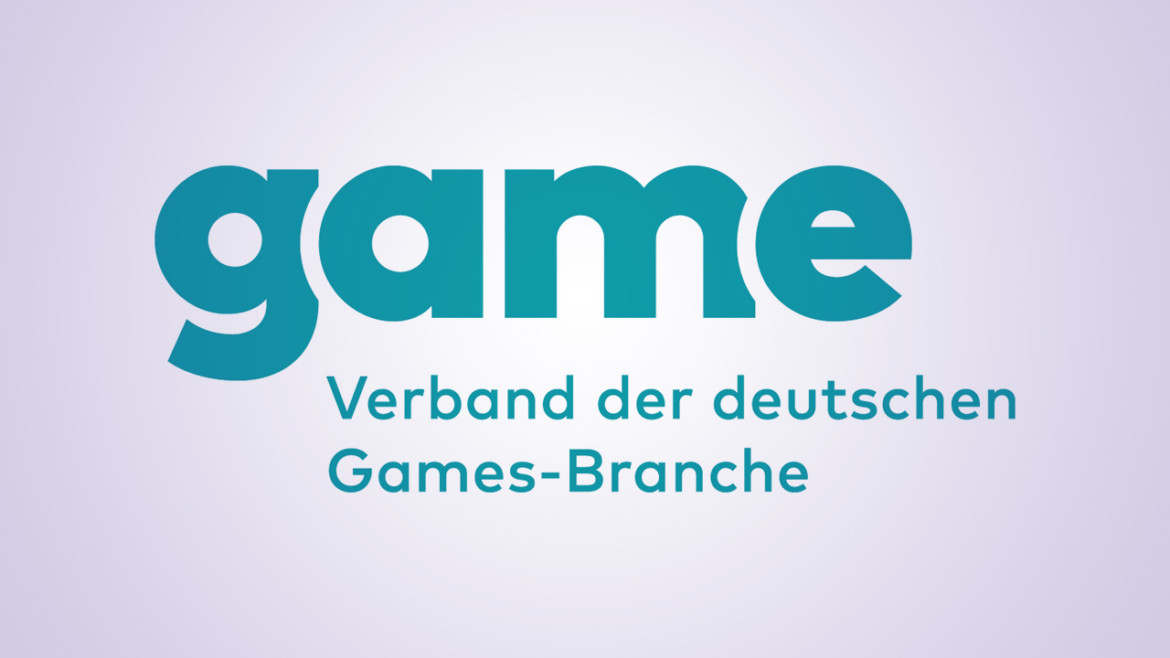

Leave a Reply